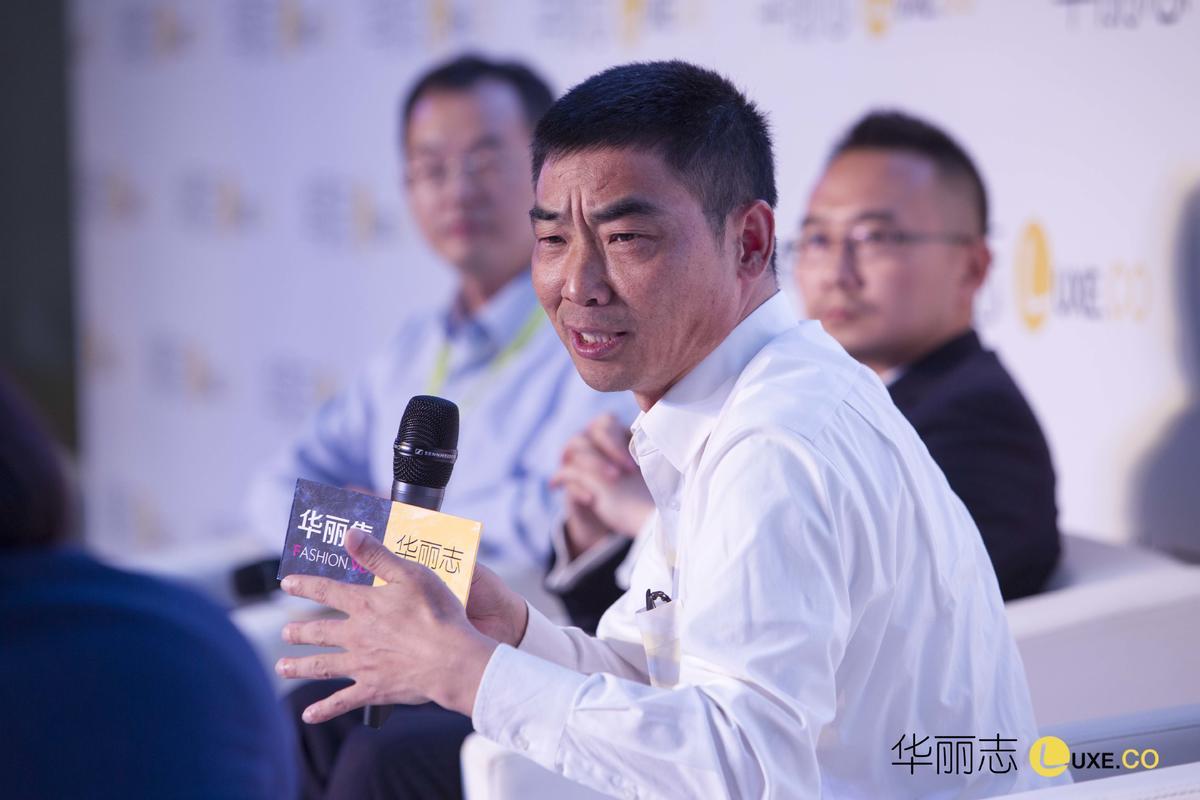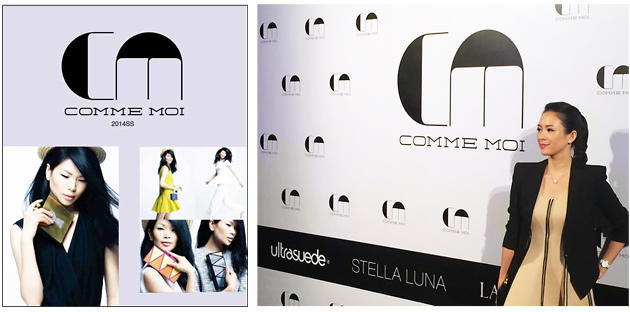CEO TalkяНYin Guoxin of Chenfeng GroupяМIndependent Designers Need to Focus on Designing
June 5,2017
Founded in 1967, Chenfeng Group is one of Chinaтs largest garment manufacturing companies and one of Uniqloтs major suppliers. Chenfeng has invested in the ready-to-wear brand Comme Moi, founded by former supermodel Lv Yan.
During the 2016 Luxe.CO Global Fashion Innovation and Investment Forum, the chairman of Chenfeng Group shared with us his opinion on the plans for the industryтs capital distribution.

Above: Yin GuoxinяМthe chairman of Chenfeng Group
As Chinaтs consumer market has matured, Chinese consumersт expectations of clothing purchases have grown from wanting them to meet their basic needs to enabling them to express their personality. This has also helped Chinese designers to grow, as their products have become better integrated within the global marketplace. Despite this, however, Chinaтs fashion industry still is not a world leader. On the one hand, this is caused by the old model of industrial development on which Chinaтs industry is based; on the other hand, it is due to the challenges Chinese designers face to get enough support in terms of research and development, as well as funding. These factors, combined with limited sales channels (although Chinese designer brands are getting more and more attention), mean that Chinese designers are still struggling to compete with international brands.
From the point of view of traditional garment production, Yin Guoxin believes that the new generation of Chinese designers is facing challenges that range from acquiring the right materials, to sampling, to communicating with buyers.
For instance, for a long garment with zips, which looks appealing on stage, designers may have difficulty finding a reliable sample maker to produce it. And during the sales process poor communication with buyers can lead to an underestimation of demand. Furthermore, additional orders affect the efficiency of both production and sales. In recent years, various domestic fashion events have sprung up, in which many designers have invested much of their time and energy in order to pursue more exposure, without considering the commercial benefits, or otherwise, of doing so.
There are no short cuts in the garment industry, nor is there a successful strategy that can be replicated. According to Yin Guofeng, Chenfeng Group has focused on three main areas in its development: first, the high quality and fashionableness of its products; second, the ability to respond rapidly to the market; and third, the primacy of efficiency. Due to increased costs, many Chinese garment-processing companies have relocated their factories to South-East Asia and other similar areas. However, low labour costs may also mean low efficiency.

Avove: Chenfeng has invested in the ready-to-wear brand Comme Moi
According to Yin Guoxin, the next three years will be a crucial period for the Chinese textile industry. Changes are upon the industry, especially with regard to its traditional business model. Therefore, plans for the distribution of industry capital should be considered from the following viewpoints:
First, from that of production or the product, to help designers improve the production chain.
Second, from that of sales, in terms of using platforms to connect distribution channels, thereby offering better services to designers so that they can concentrate on designing.












Comments